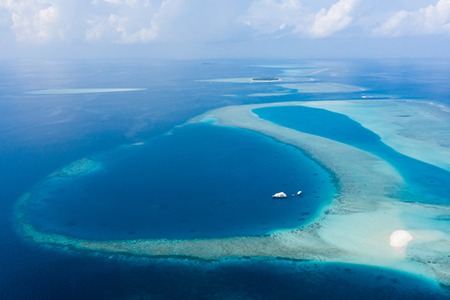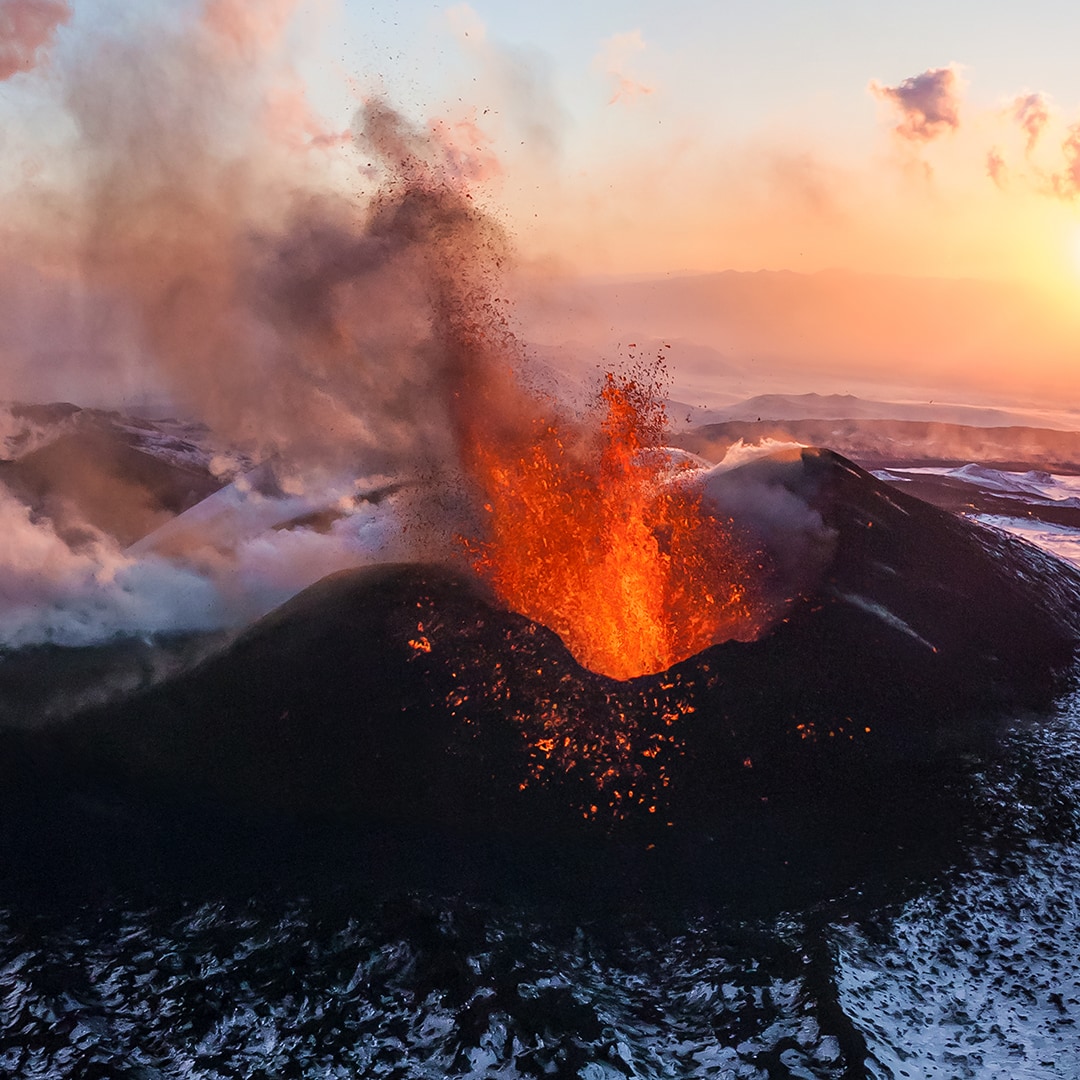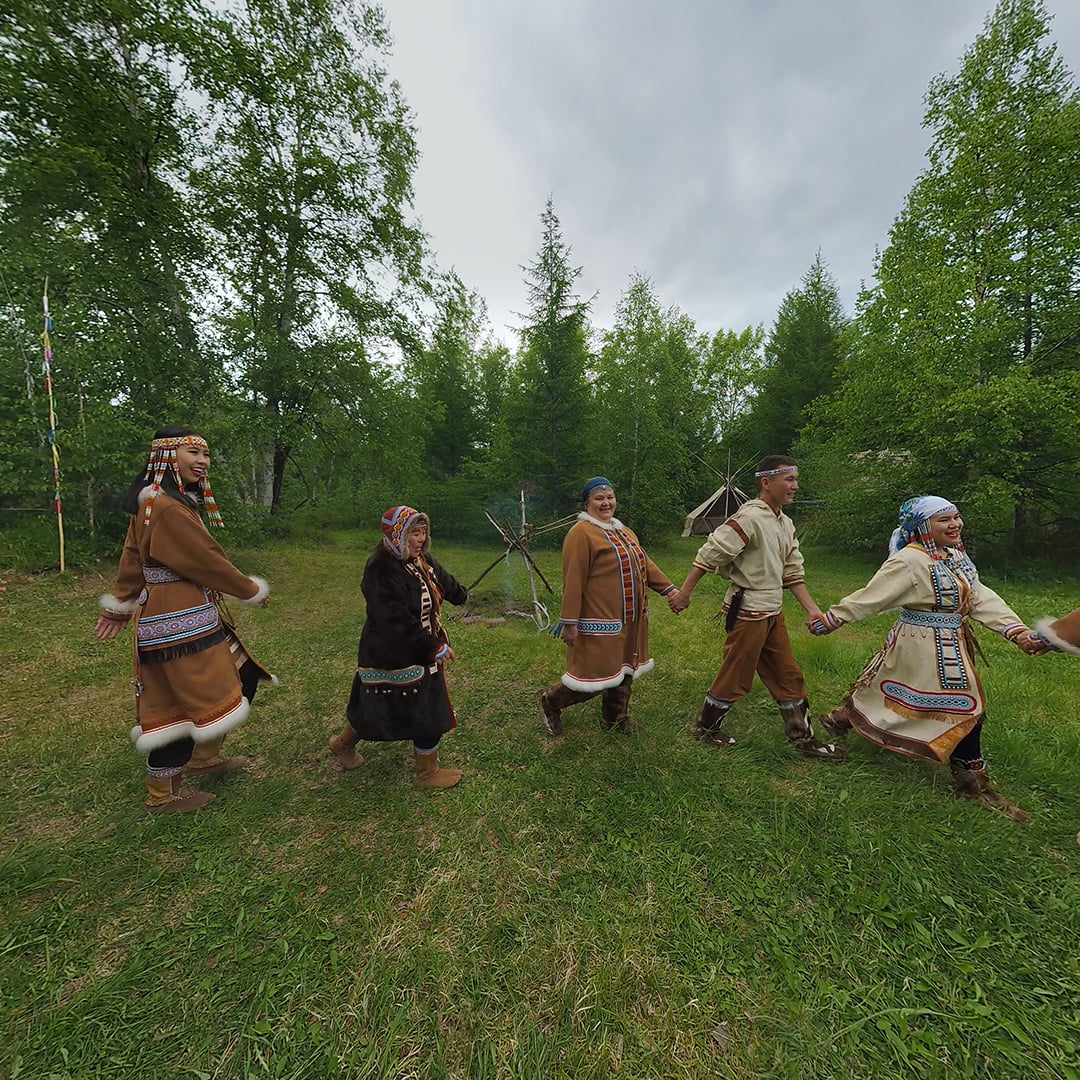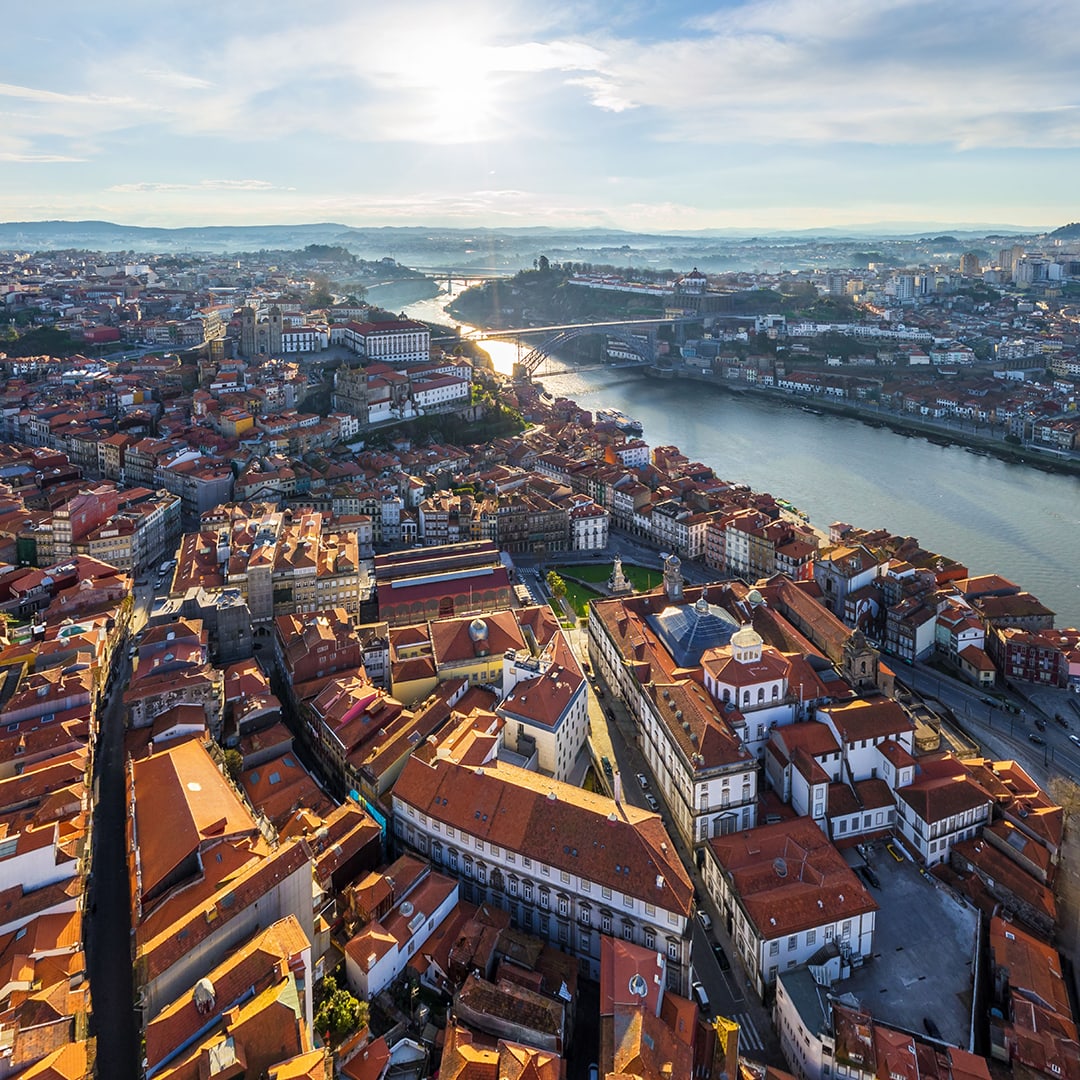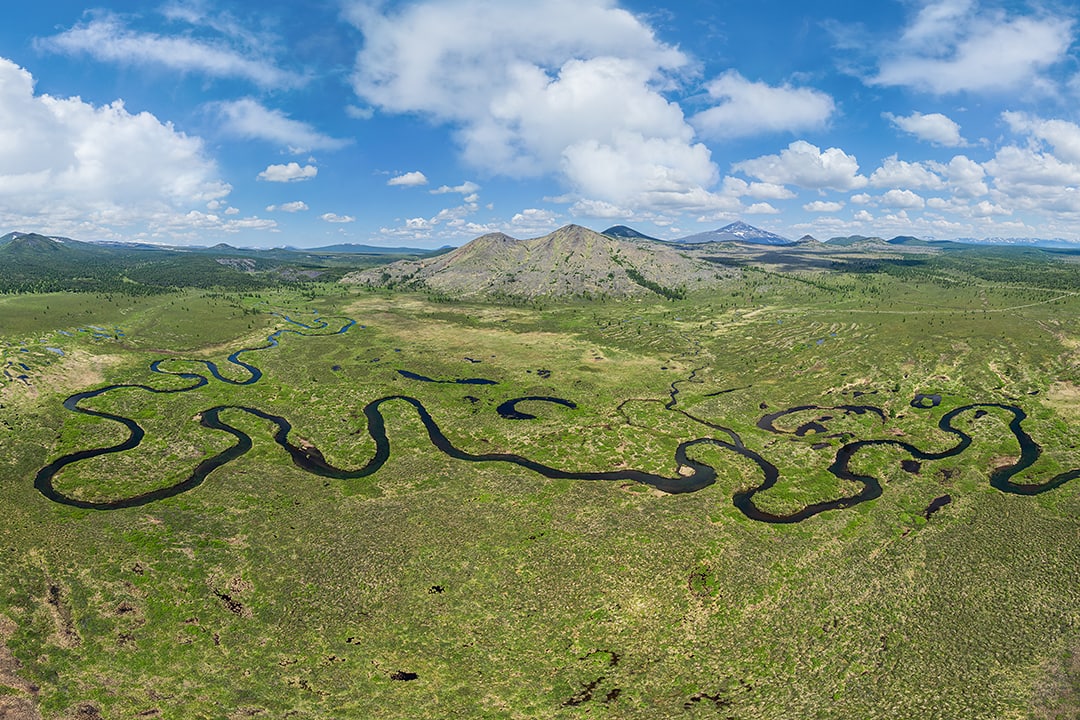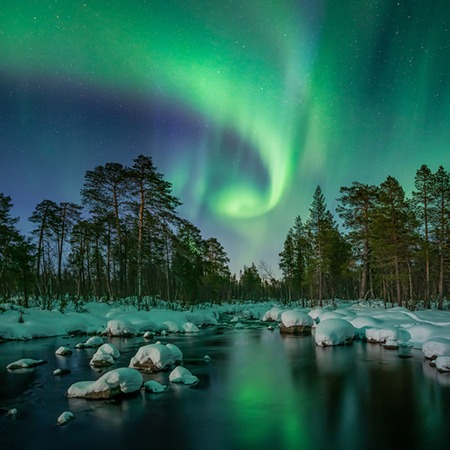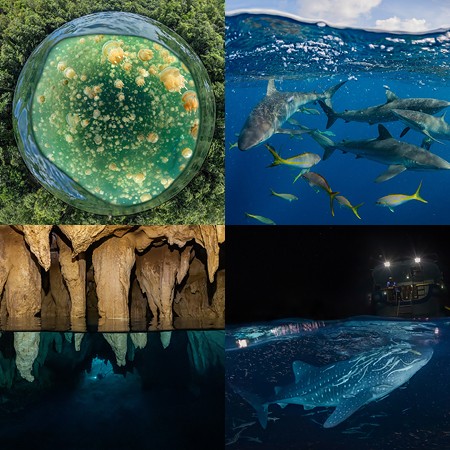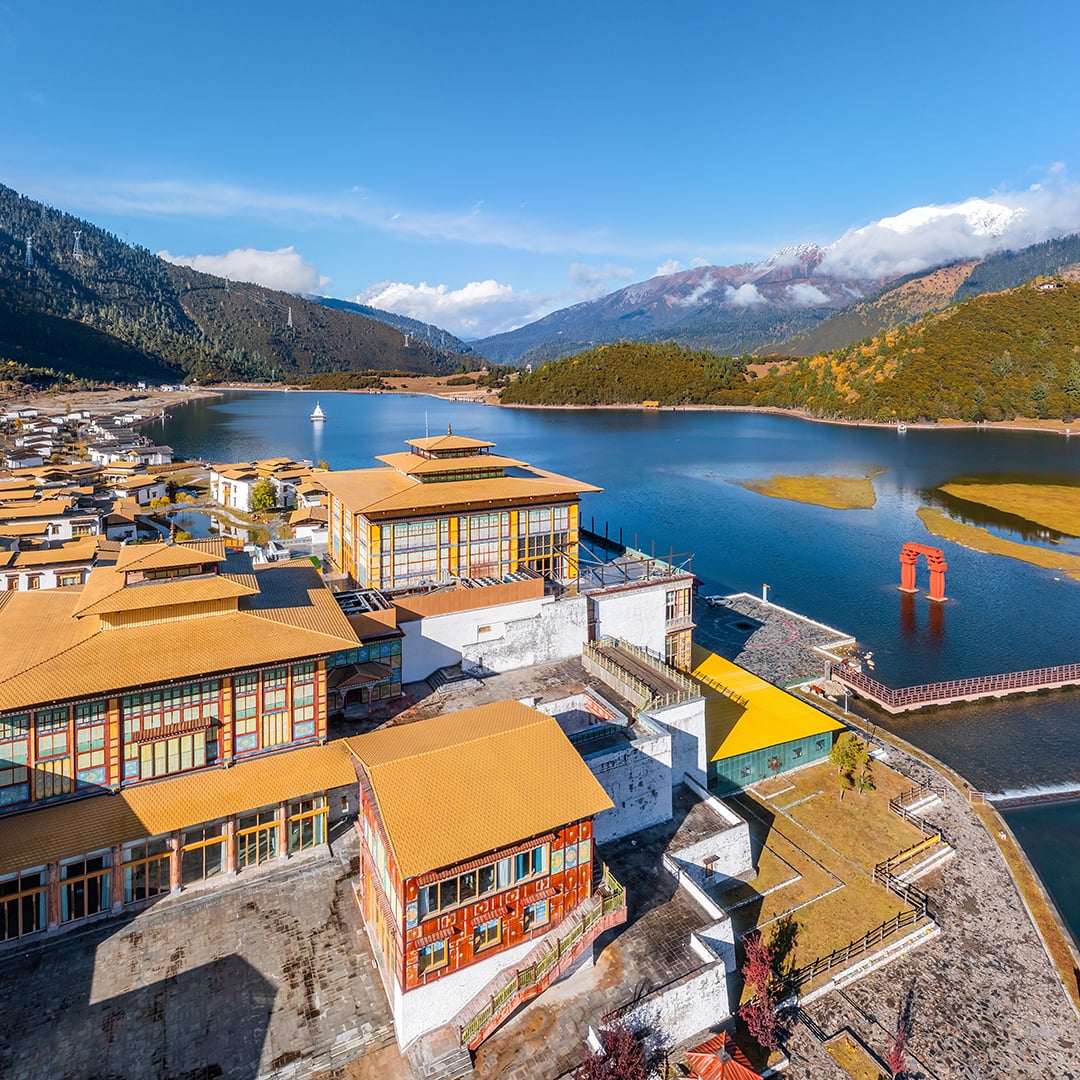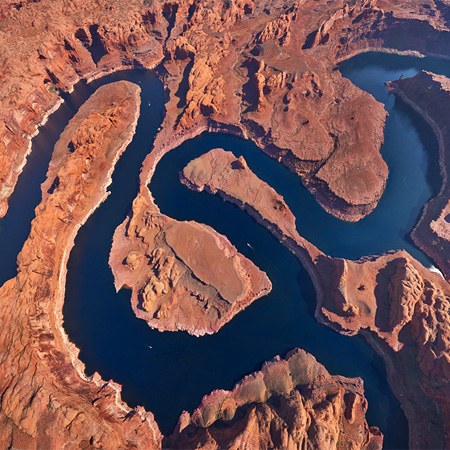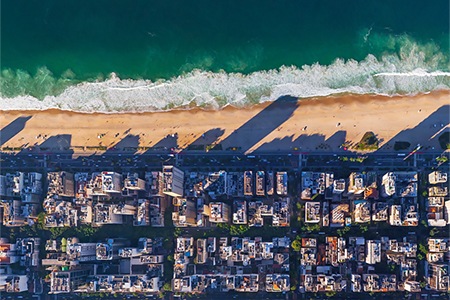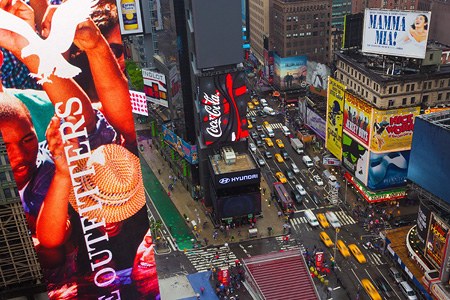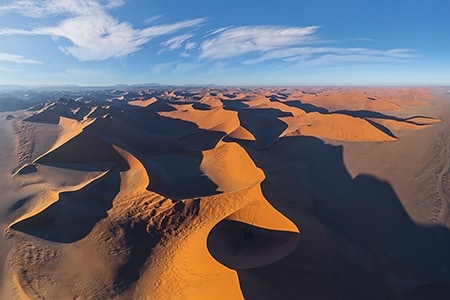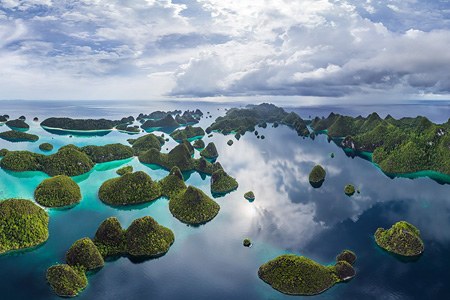Manta Rays, Maldives
Anyone who ever saw manta rays alive or on photos would never forget these gorgeous fish. Even more so if you encounter a whole group of them moving in a long parade like formation, a fantastical spectacle to remember for the rest of your life. Taking pictures of manta rays is a dream of any underwater photographer. And my dream came true.
Back in 2012 I went to the Maldives. One day, taking a walk around the island, I noticed a strange faded poster with words "Water sport" and "Manta call". Trying to translate it to Russian, my mind came up with a few options, like "manta is calling you" or "manta is inviting you". I went up to the tanned guys giving out sport equipment and asked them about it.

It turned out there was an interesting free service on the island — Manta call. Every participant was given a radiophone that he must carry around all the time. A sea research vessel with hydrobiologists on board went out into the sea every day. If they encountered manta rays they would contact the island by radio and tell them the location of the fish. After that all participants received a call to their radiophones. They were given 20 minutes to pack and board the motor board that departed from the island to the fish location. If they managed to catch up with fish in time they would have a unique opportunity to swim among the fish with masks. That's what Manta call service was all about. It was a call you received about about manta rays location.
I got my phone, wrapped it carefully and put it into my pocket.
Awake and asleep I kept the phone with me for the whole week. But it didn't call. A couple of times I went back to the guys asking them to check it, thinking that it might be broken. By the end of the week the phone's battery died and I had to go back again, but this time to recharge the battery. But they didn't charge it, they just gave me a new one.
By that time I knew almost everything about manta fish. Every condition for manta fish was met: plankton season, full moon, the right time of the year, high tide (or low -it's hard to remember now). The only thing missing was the fish itself.

A day before my departure to Moscow I was having a dinner, exhausted by the midday heat and wiping off sweat from my forehead, I wondered if I should order one more beer or just finish my chicken without it. The scorching sun was at its highest point, the waves slowly crashed against a sandy beach with a few tourists lying here and there, and a sound of beeping phone was coming from somewhere far away, which I didn't pay attention to.
"Is it your phone ringing?" my wife asked me.
"No, I have a different ringtone."
"And I think it's yours," my wife persisted.
Holy moly! Or a blessing in disguise? It was my Manta call phone ringing from under my wet swimming shorts and towel in my beach bag.
I practically swallowed the chicken leg and with grease still on my fingers started going through my stuff in search of a beeping device.
When I finally found it I shouted, "Hello!!!"
"Manta rays are here."
I quickly packed all my equipment that I prepared beforehand and rushed to the pier. We sailed off. It took about half an hour to get to Hanifaru Bay, a favorite feeding place for manta rays during the season. But when we got there the fish was gone and we found a giant six-meter whale shark instead. It's totally harmless to people, because it feeds on plankton.

Actually on the Maldives it's even more rare than manta rays. We jumped into the water. While eating plankton, the shark was swimming slowly in shallow water with a speed of 2-3 kilometers per hour, so we were able to easily follow it for half an hour. I wasn't ready to chase a shark: when I jumped off the boat I had a belt-bag filled with different stuff for slow underwater photography. That bag slowed me down very much. I felt like my feet were about to fall off from exhaustion as I was swimming on the edge of my abilities. At times I would scull with my left hand, while my right hand was holding the big underwater camera that weighs 7 kilograms on shore. Several times one of the guides took a dive to the shark, and I was able to make a few shots that demonstrates the real size of that majestic fish in comparison to the size of a human being.

With my last effort, I was able to get ahead of the shark a few times to shoot it from the front, but then I would fall behind and end up in the tail. Unfortunately, UNESCO rules limit the time you can spend in Hanifaru Bay by 40 minutes, after which you have to leave the bay. The time flew by very quickly and we had to go back. As always I was the last one to go on board. The moment we left the gulf someone shouted, "Look, it's manta rays!" Luck was on our side.

I grabbed my mask and camera and dived with only my shorts on. I had no time to put on the flippers, but fortunately they weren't needed, because manta rays swam back and forth close to the boat always coming back to the same spot.
It was incredible feeling manta rays flowing through your body while you hang motionless in water. Some manta rays did a pirouette in front of me, turning around and showing their white belly. I was taking pictures without stop until there was no more space on my flash drive that was already filled with pictures of the whale shark. That day I learned the true meaning of a Russian saying "swimming in the soup of manta rays". A couple of minutes later other tourists started diving into the water and manta rays went away.
Impressed by what I saw, the next year I went to the Maldives and settled on the island Kihaad situated 5 minutes away from Hanifaru Bay.

After National Geographic published an article about Hanifaru Bay, it became the most famous spot to observe manta rays. It's believed that when clouds of plankton become trapped in the bay you can see 50 to 200 manta rays swimming together and paying no attention to anybody.
Unfortunately, the trip devoted entirely to manta rays didn't yield any results. Every day for two weeks I took a boat to the bay 2-3 times a day, and only once I was able to see a big group of manta rays. Alas, cloudy weather and muddy water due to abundance of plankton that day prevented me from taking good pictures. Frustrated, I decided to record at least a few short videos which, in my opinion, do a pretty good job of relaying a fantastic impression of these majestic fish.
As a result, the only opportunity where I was able to take spherical panoramas of these beautiful fish was that first random encounter via Manta call service. Join us on this incredible photo journey!
Photo, text and video by Oleg Gaponyuk
Photographed on May 2012
Read more
Photogallery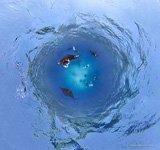 Manta rays #7
Manta rays #7
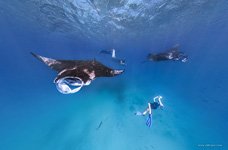 Snorkeling with manta rays #1
Snorkeling with manta rays #1
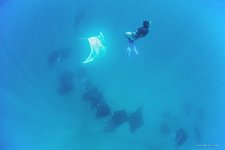 Diver and manta rays
Diver and manta rays
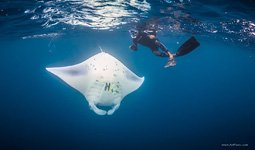 Diving with manta rays
Diving with manta rays
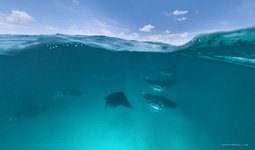 Manta rays. Split panorama #1
Manta rays. Split panorama #1
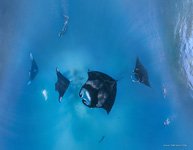 Manta rays #3
Manta rays #3
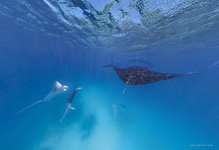 Manta rays #2
Manta rays #2
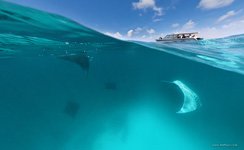 Manta rays. Boat. Split panorama
Manta rays. Boat. Split panorama
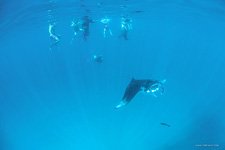 Manta ray and people
Manta ray and people
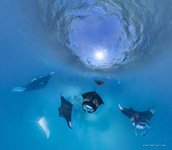 Manta rays #5
Manta rays #5
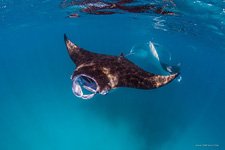 Manta ray #1
Manta ray #1
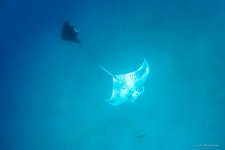 Two manta rays
Two manta rays



